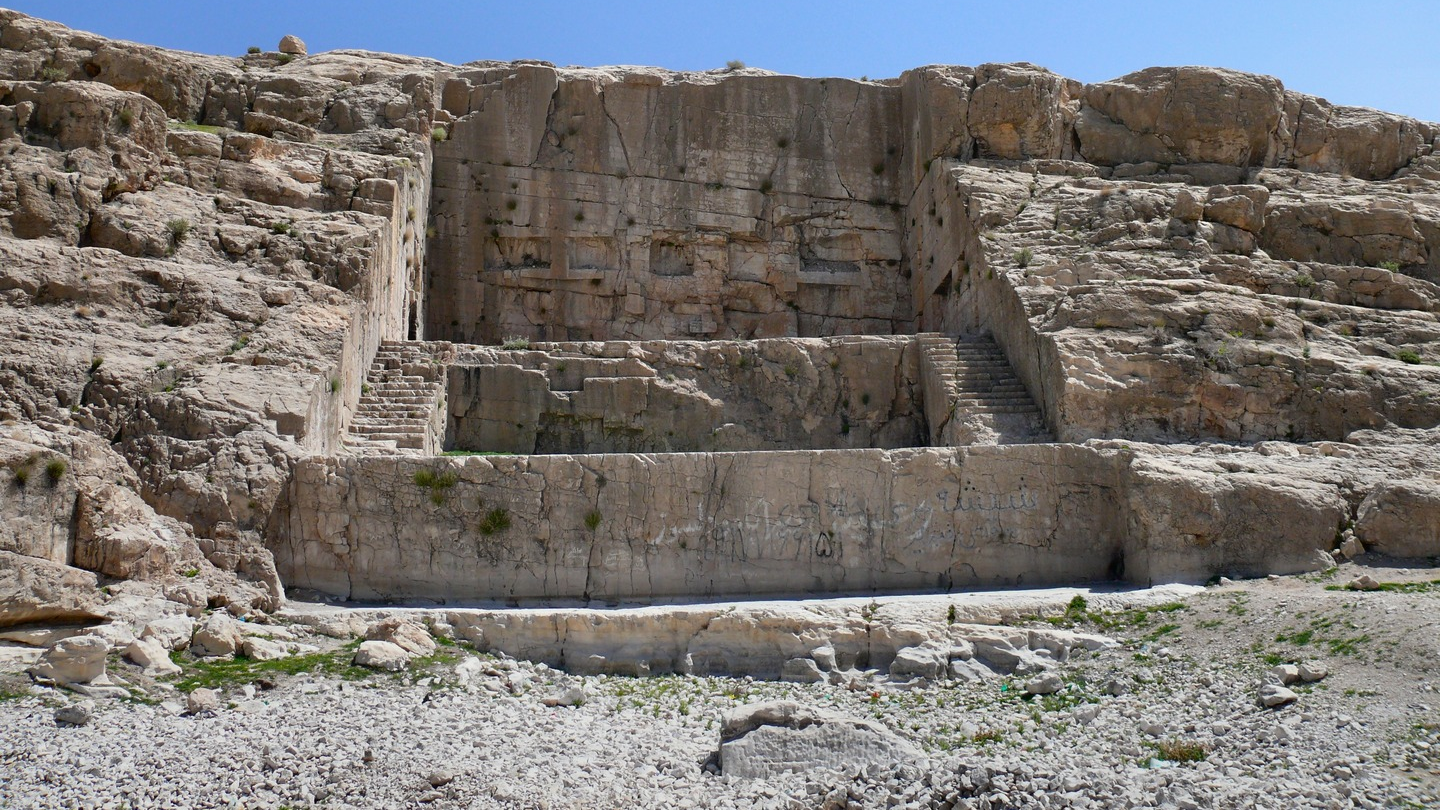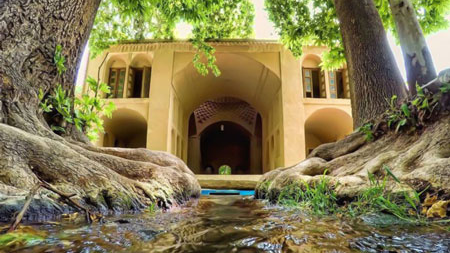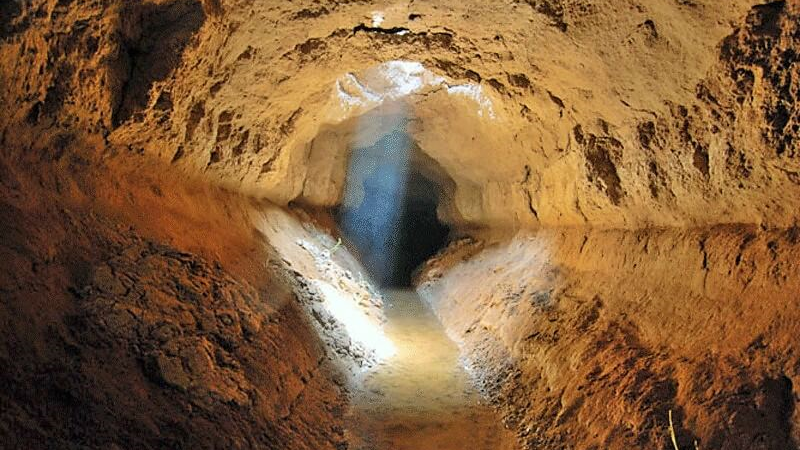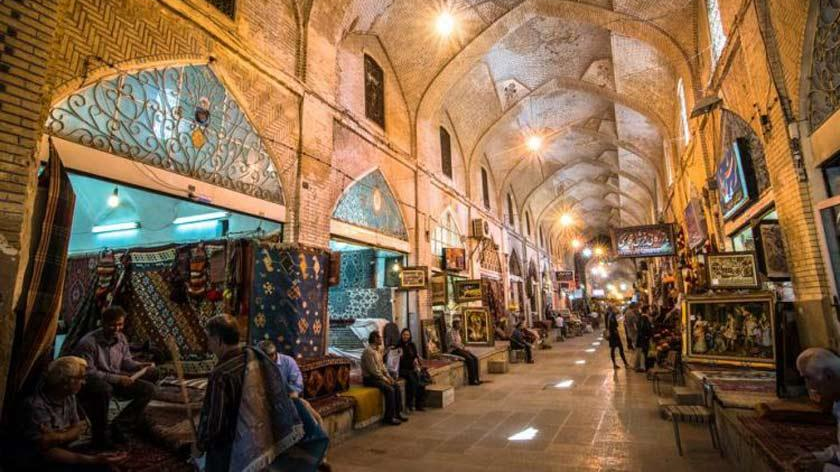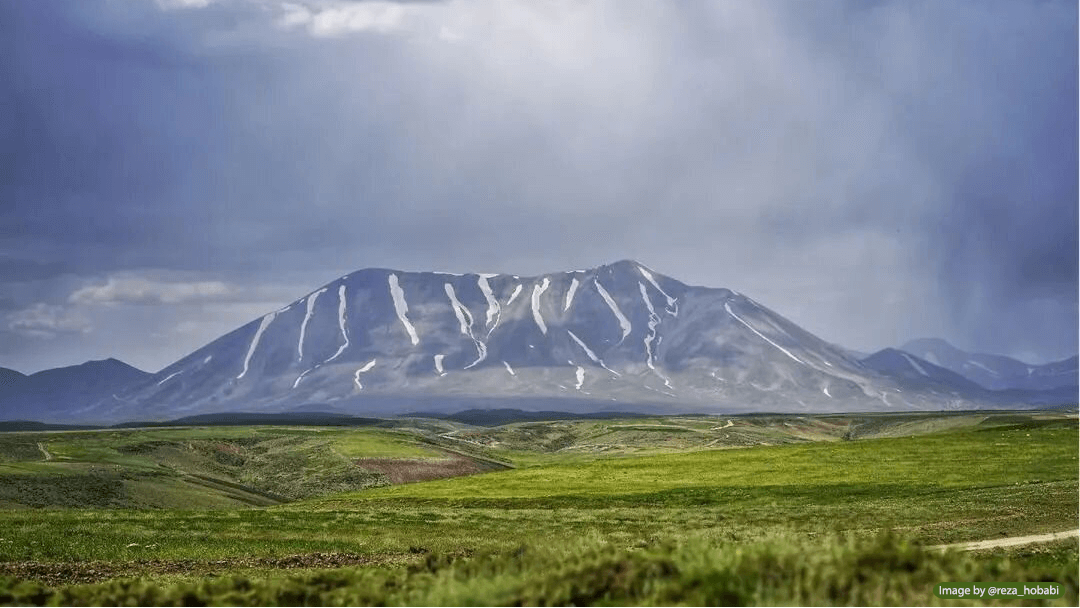For this reason, the content plan of Garmsar’s museum builds on anthropology and ethnology.
The Museum of Ethnic Groups (Bagheri building) was founded by late Mirza Ali Bagheri, a benefactor of the city, in 1921 in the early Pahlavi I era. The main part of the museum was in the past in the form of a garden (kooshk) and a house for tropical areas during the Qajar era.
The historical Bagheri House was put in the list of national monuments in 1999.
On February 10, 2011, it was inaugurated as a museum of ethnicities (anthropology) with the aim of displaying the ethnic diversity.
The most important and populous ethnic groups of Garmsar are Turkic-speaking, Lor, Kurdish, Arab and Elikai tribes.
The majority of the population of the villages in Aradan and Garmsar are different clans of the Elikai nomadic tribes.

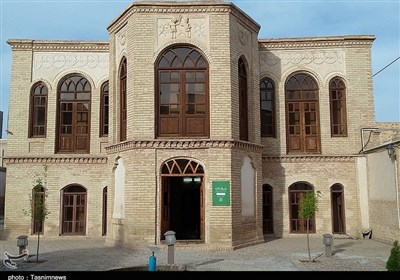

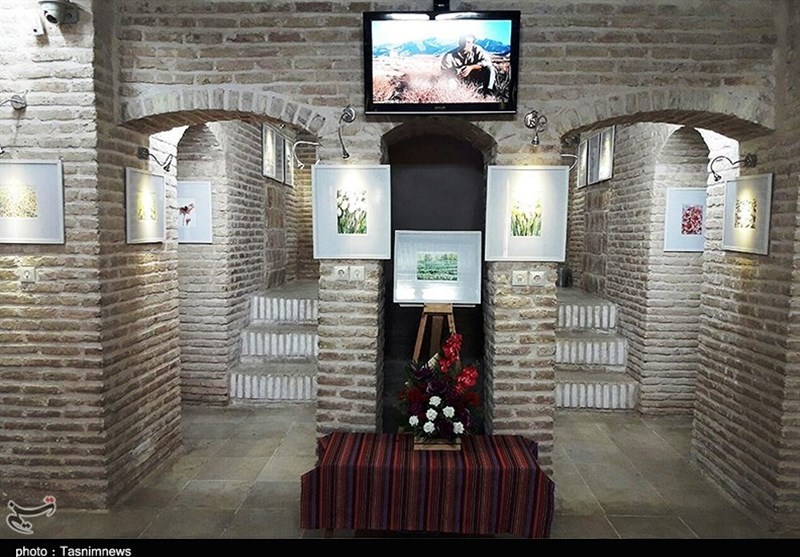
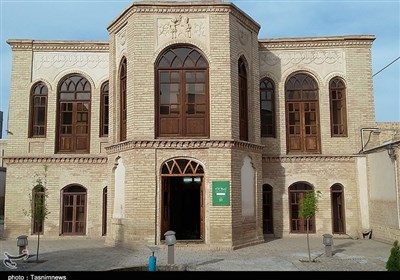
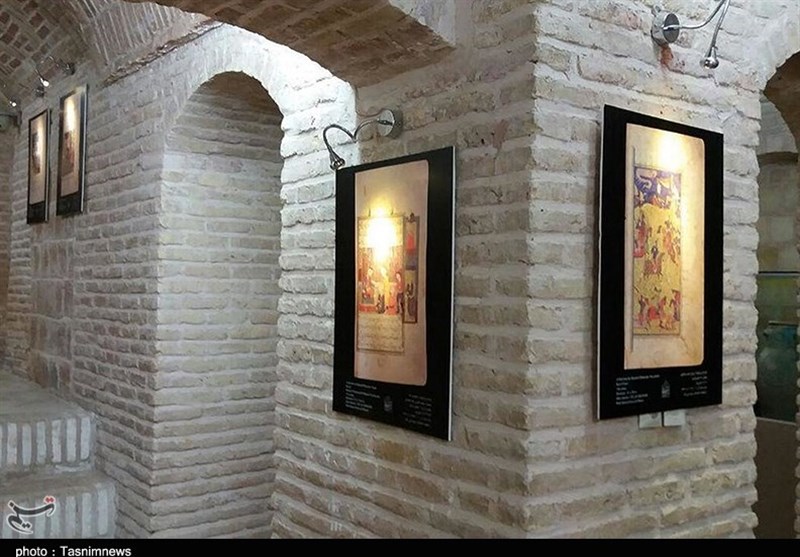
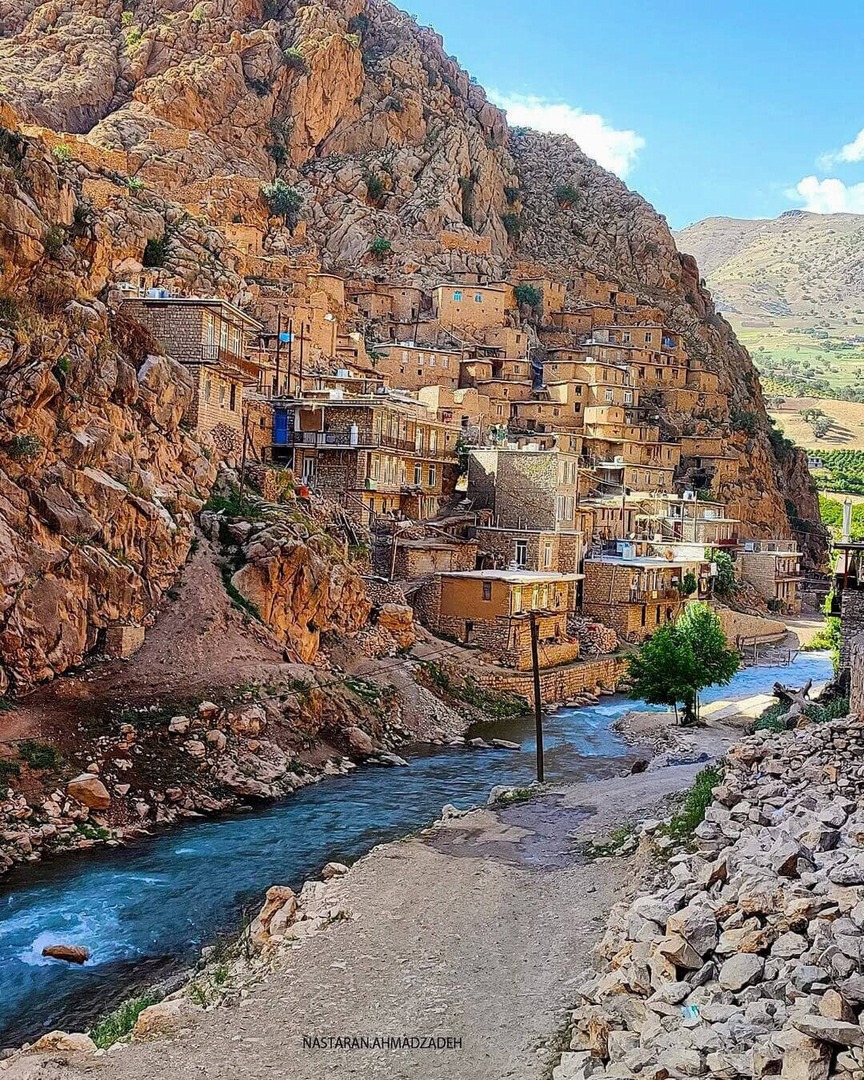
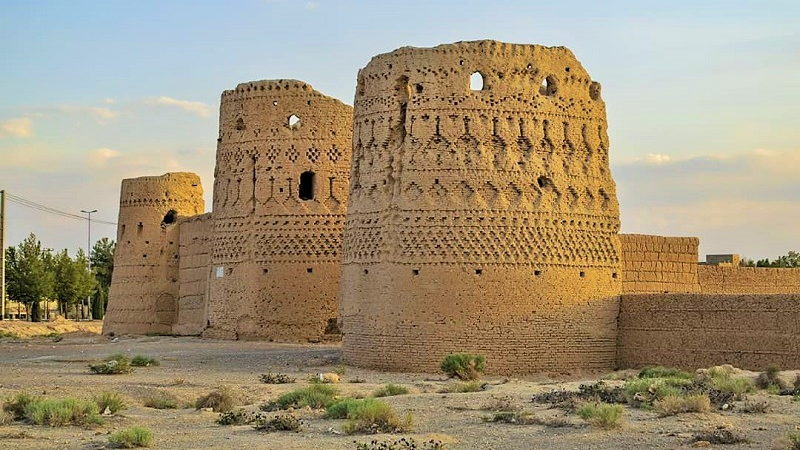

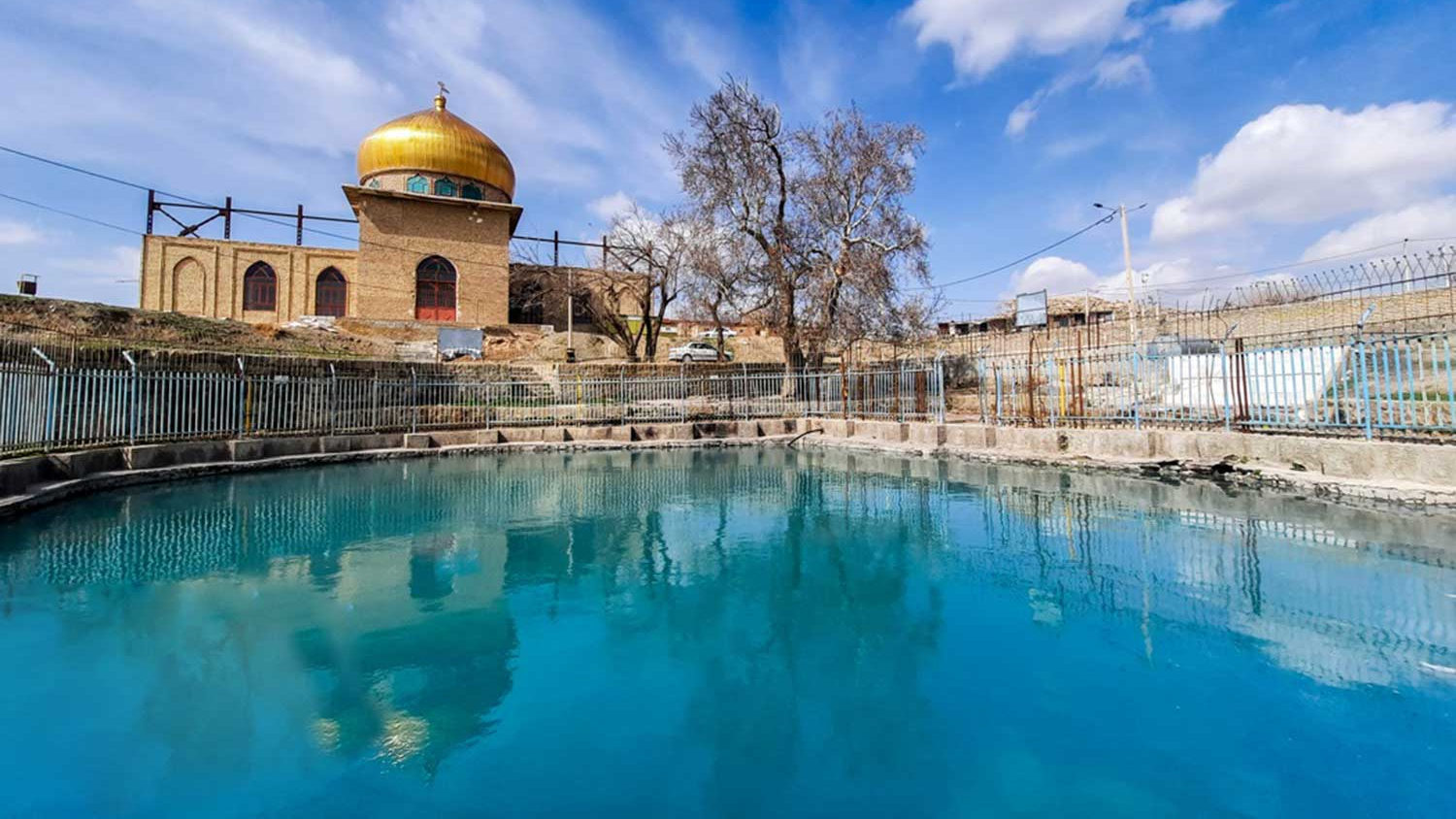

_crop_3.jpg)

